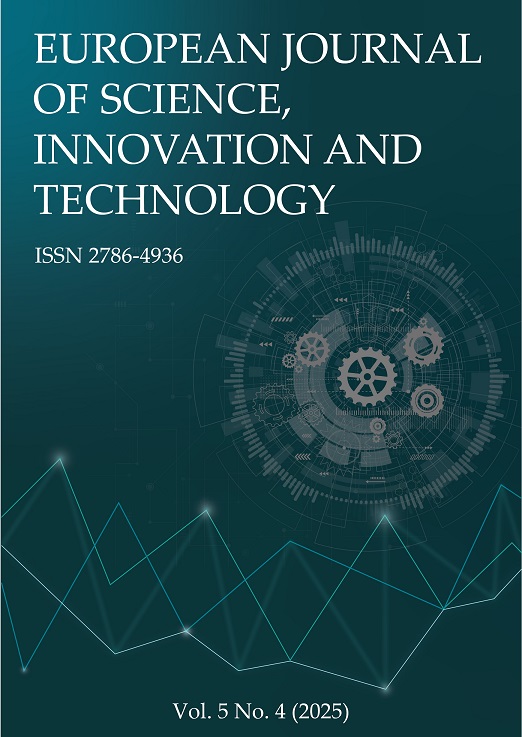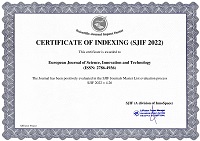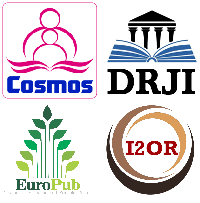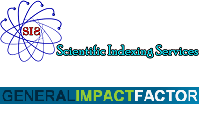The TriAxis Culture Index (TAC Index): A New Paradigm for Organizational Culture
Abstract
For years, companies have measured workplace culture using tools like annual surveys and eNPS scores. These methods were simple, but often too slow, too shallow, and too disconnected from business outcomes to drive real change. This paper introduces the TriAxis Culture Index (TAC Index) as a new approach, one that treats culture not just as an HR concern, but as a strategic system that can be measured, managed, and improved in real time.
The TriAxis Culture Index (TAC Index) is built around three core cultural indicators: Feedback Loop Velocity (FLV), Sentiment Resilience Score (SRS), and the Employee-Generated Revenue Index (EGRI). Each metric captures a distinct dimension of how people experience work from how quickly feedback is acted upon, to how effectively teams recover from stress, to how much employee-driven innovation and effort contribute to revenue. By combining these indicators with AI-powered analysis, the TAC Index delivers an integrated scorecard that connects culture directly to performance, risk, and engagement.
This paper explores how the TAC Index addresses the limitations of traditional surveys, and how it offers both HR and executive leaders a clearer way to understand and act on culture. Drawing from industry case examples and academic insights, we show how organizations using the TAC Index can detect early signs of disengagement, improve decision-making, and align culture with long-term business goals. In a world where workforce sentiment shifts quickly, this framework helps organizations stay adaptive, resilient, and grounded in data.
References
Evidence Investor. (2023). Corporate culture as intangible asset. Retrieved from https://www.evidenceinvestor.com/post/corporate-culture-as-intangible-asset
Gallup. (2023). Build a Company Culture That Improves Performance. Retrieved from https://www.gallup.com/workplace/229832/culture.aspx
Harter, J. K., Schmidt, F. L., & Hayes, T. L. (2002). Business-unit-level relationship between employee satisfaction, employee engagement, and business outcomes: A meta-analysis. Journal of Applied Psychology, 87(2), 268–279. https://doi.org/10.1037/0021-9010.87.2.268
IFRS Foundation. (2025). IFRS S1/S2: General Requirements for Disclosure of Sustainability-related Financial Information. Retrieved from https://www.ifrs.org/content/dam/ifrs/meetings/2025/march/issb/ap4d-current-state-disclosure-hc.pdf
Innerlogic. (2024). Culture metrics that drive change, not just measurement. Retrieved from https://innerlogic.com/blog/culture-metrics-how-to-measure-organizational-culture-for-lasting-success/
Launchways. (2023). The CFO’s guide to high-impact HR metrics. Retrieved from https://info.launchways.com/hubfs/The+CFO’s+Guide++to+High-Impact++HR+Metrics.pdf
Li, N., Kirkman, B. L., & Porter, C. O. L. H. (2014). Toward a model of work team altruism. Academy of Management Review, 39(3), 468–491. https://doi.org/10.5465/amr.2011.0169
Mercer. (2023). Culture: Your most valuable intangible asset. Retrieved from https://www.mercer.com/insights/talent-and-transformation/attracting-and-retaining-talent/culture-your-most-valuable-intangible-asset
Reflektive. (2023). 3 reasons why engagement surveys are broken. Retrieved from https://reflektive.com/blog/engagement-surveys-broken/
Zensai. (2023). Is eNPS a good measure of employee engagement? Retrieved from https://zensai.com/articles/is-enps-a-good-measure-of-employee-engagement/
Copyright (c) 2025 Akshay Dipali

This work is licensed under a Creative Commons Attribution 4.0 International License.


 ISSN
ISSN 











